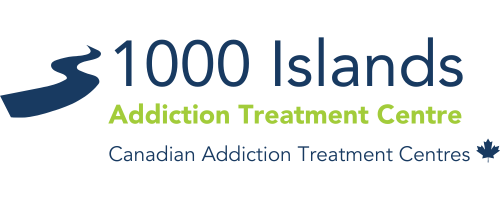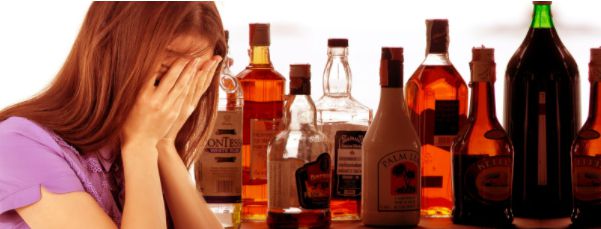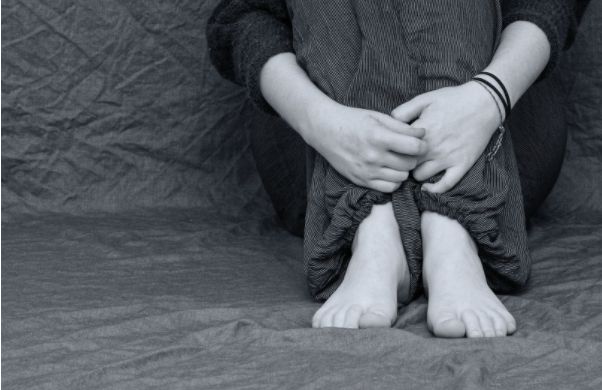
Why You Should Not Attempt Alcohol Withdrawal At Home
Alcohol addiction is one of the most troublesome substance use disorders. This is largely because drinking is such a mainstream social activity. One of the dangers is that people who consume large quantities of alcohol on a regular basis can be in real danger if they attempt alcohol withdrawal at home.
Why Are Societal Attitudes So Harmful?
The pressure to consume alcohol starts almost as soon as we reach the legal drinking age. And, it doesn’t ease up. Alcohol has become normalized in most communities. Here’s how:
- On your “legal drinking age” birthday, friends and family make a point of giving you alcoholic beverages, because “now you’re allowed to drink”
- At social gatherings, people who become intoxicated are regarded as “the life of the party”
- People who refuse alcoholic beverages are ridiculed and called insulting names
- Recent years have given rise to a “mom wine” culture that normalizes wine as a solution to parental stress
- Most of our celebrations are centred around alcohol. If you can’t get drunk, it’s not a real party
- People are encouraged to treat hangovers with “a hair of the dog”. This is an expression for an alcoholic drink
In a society where alcohol consumption is expected, it can be difficult to assess when someone has an alcohol use disorder. We have come to regard excessive drinking as “normal”, which means people often don’t get alcohol addiction treatment as soon as they should.
And by the time a person with an alcohol addiction recognizes that they need help, they may have reached the point where safe alcohol withdrawal at home is not possible.
What Is Alcohol Withdrawal?
It’s possible that you may be attempting alcohol withdrawal at home. Here’s what the withdrawal process looks like. Alcohol is a central nervous system depressant that slows down the functioning of the brain.
If you consume large quantities of alcohol on a regular basis, the brain tries to compensate for the constant sedating effects. It does this by producing larger quantities of serotonin and other stimulant chemicals. If you then suddenly stop drinking, these chemicals flood the brain, resulting in withdrawal symptoms like insomnia, anxiety, the jitters and more.
Because this also affects the functioning of the vital organs, including the heart and lungs, alcohol withdrawal that is not effectively managed can have devastating consequences. Delirium tremens, commonly known as the DTs, is the most serious form of alcohol withdrawal and occurs in about five percent of alcohol withdrawals.
What Are The Symptoms Of Alcohol Withdrawal?
Like most aspects of addiction, alcohol withdrawal symptoms and their severity can vary widely from one person to the next. Factors that affect this include:
- The age and biological sex of the individual
- Their state of physical and mental health
- Whether medications or other substances are being used
- The frequency and amount of alcohol consumption
- How long the individual has been using alcohol
- How long it has been since the last alcoholic drink
The first few hours
Five to ten hours after the last drink has been consumed, the first withdrawal symptoms appear. They peak after one or two days. For those attempting alcohol withdrawal at home, with no support, this is when the individual is most likely to start drinking again. Symptoms include:
- Tremors and jittering
- A racing pulse
- High blood pressure
- Fast, shallow breathing
- Nausea and vomiting
- Sweating and clammy skin
- Anxiety, irritability and paranoia
- Sleep issues including insomnia, nightmares and vivid dreams
The first day
12-24 hours after the last drink, new symptoms start to appear alongside the existing symptoms. These can last for up to two days, and include:
- Confusion
- Escalation of tremors
- Visual and/or tactile hallucinations. This often takes the form of perceiving crawling insects
Related article: Addiction Treatment: What to Expect During Opioid Withdrawal
The first week
Alcohol withdrawal seizures can start up to two days after the last drink, and they tend to occur on and off over a period of a few hours.
Delirium Tremens
Of all the risks of doing alcohol withdrawal at home, the possibility of delirium tremens is the greatest. It happens in about five percent of alcohol withdrawal cases. Primarily, it affects those who have been routinely drinking large quantities of alcohol over a long period of time. What makes it dangerous is that it results in dangerous fluctuations in respiratory and cardiac activity, dangerously high blood pressure, and interruption of blood flow to the brain.
Symptoms of delirium tremens include:
- Confusion and disorientation
- Loss of consciousness
- Dehydration
- Rapid or erratic heart rate
- Irrational anger
- Nervousness and/or anxiety
- Soaking sweats
- Paranoia and/or irrational beliefs
- Sleep disturbances
- Hallucinations
Who is most at risk of experiencing delirium tremens?
People who meet any of the following characteristics are at higher risk of delirium tremens:
- Prior history of alcohol withdrawal seizures or DTs
- Co-occurring physical or mental illness
- Prolonged heavy use of alcohol on a daily basis
- Severe initial alcohol withdrawal symptoms
- Prior history of alcohol abuse
- Older
- Presence of brain lesions and other anomalies
What Are The Risks Of Trying Alcohol Withdrawal At Home?
The possibility of delirium tremens presents the biggest threat to safe alcohol withdrawal. Even if you are not at high risk of DTs, you should be aware of the following possibilities:
- The kindling phenomenon: Each time you relapse and then attempt to quit, the withdrawal symptoms are worse than the previous attempt.
- Addiction to multiple substances: Many people who abuse alcohol also use other substances. If you attempt home withdrawal from both substances, the effects can be dangerous and unpredictable.
- A common alcohol withdrawal symptom is seizures. If you are unsupervised you could hurt yourself.
- Delirium tremens can lead to unconsciousness and loss of life.
- Hallucinations and paranoia can result in the individual acting in potentially self-destructive ways without regard for the danger.
What Should I Do Instead?
The best way to accomplish safe alcohol withdrawal is through medical detox. This is a process whereby medical professionals supervise the withdrawal process, treat symptoms as they arise, and ensure your safety and comfort.
Steps that are taking during your medical detox may include the following:
- Regular monitoring of your heart rate, blood pressure, temperature, and other vital signs
- Use of intravenous fluids in cases of dehydration
- Use of medication to manage panic, anxiety and seizure – medication includes long-acting benzodiazepines, gabapentin, and barbiturates
- Use of medication to reduce alcohol dependence – examples include disulfiram and naltrexone
- A controlled nutritious eating plan to help your body recover from the ravages of alcohol abuse
- Physical and mental health assessments in preparation for rehab
Many alcohol addiction treatment centres have onsite medical detox clinics. This will enable you to go from detox straight into rehab, thus reducing your risk of relapse.
What if alcohol withdrawal at home is my only option?
While medical detox is recommended for safe alcohol withdrawal, this is not possible for everyone. If you have no choice but to withdraw from alcohol at home, there are some steps you can take to maximize your safety.
- See your doctor before you start. They may prescribe medication to help you manage symptoms, although they may require someone else to keep the medication and dispense it as needed. Your doctor may also refer you to an outpatient detox program or schedule you for regular visits.
- Make sure you are not alone. Someone should be with you at all times during the withdrawal process to keep you safe and to call for emergency medical help if needed.
- Stock up on nutritious food before you start. If you can, prepare meals into portions that you can grab and eat at mealtimes.
- Clear your schedule. Make sure nobody expects anything from you while you are going through withdrawal. The smallest amount of pressure can amplify your anxiety and put you at risk of a relapse.
- Have plenty of water at hand. Dehydration is common during alcohol withdrawal, and if you are not careful, it can reach dangerous levels.
- Ensure that your communication devices are fully charged so that you can call for help at any time.
- Plan for a possible emergency. A car and a licensed driver should be on hand to take you to the hospital if needed. Ensure that the car has gas in it and that there is no possibility of being parked in.
How Do I Get Into Medical Alcohol Detox?
At 1000 Islands Addiction Rehab & Treatment Centre, we do not only provide comprehensive alcohol addiction treatment and rehab. We also have our own medical detox centre. Upon admission, you will be taken to the detox centre, where you will be kept as safe and comfortable as possible during the withdrawal process. While your body is getting stronger, we will help you prepare for rehab.
By the time you start the rehab phase of your treatment, the alcohol will be out of your system, Also, your body and mind will be better prepared for your alcohol addiction recovery. To get started, call us at 855-601-0555.
Related article: How Long Does Alcohol Withdrawal Take?




